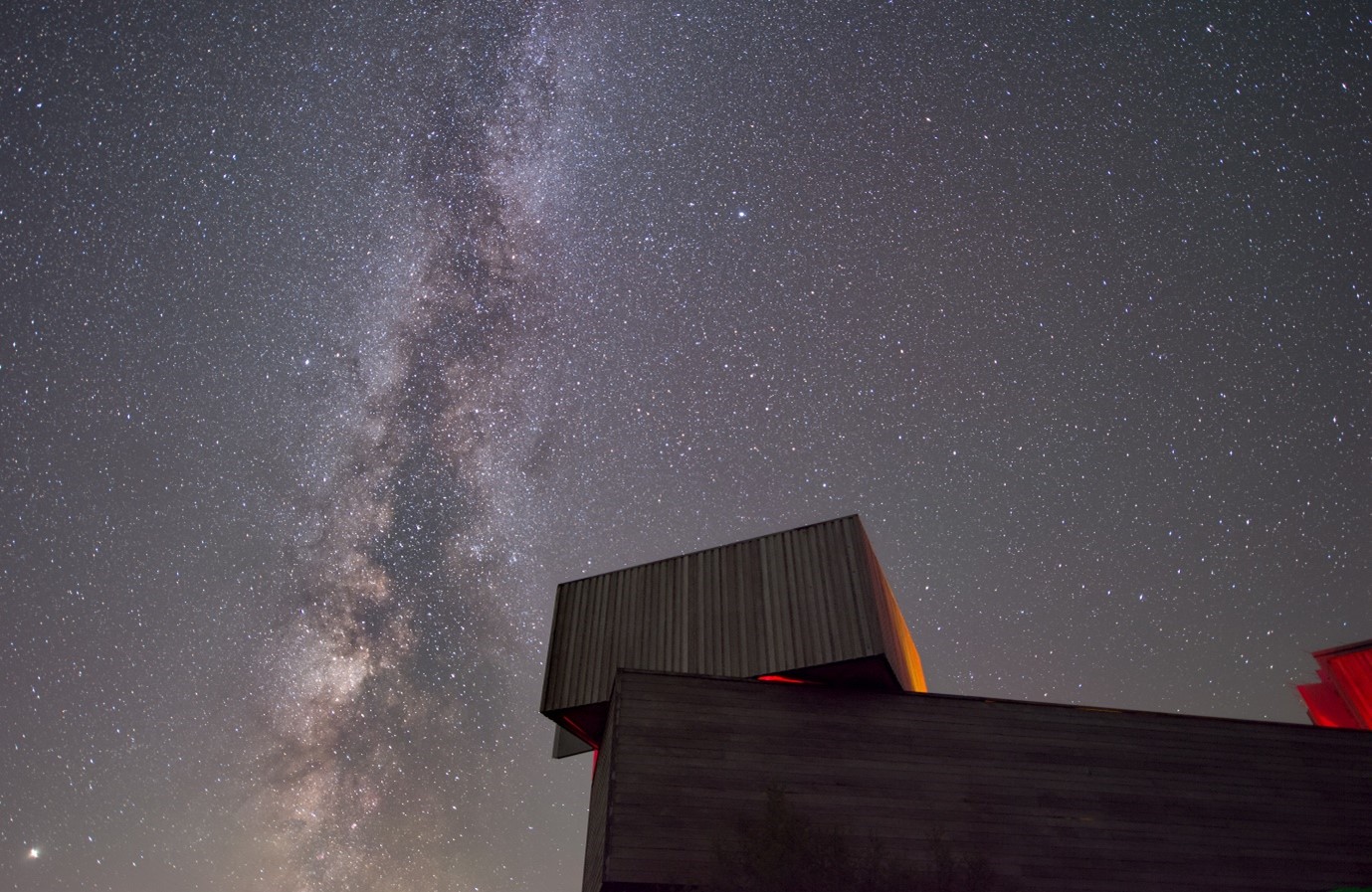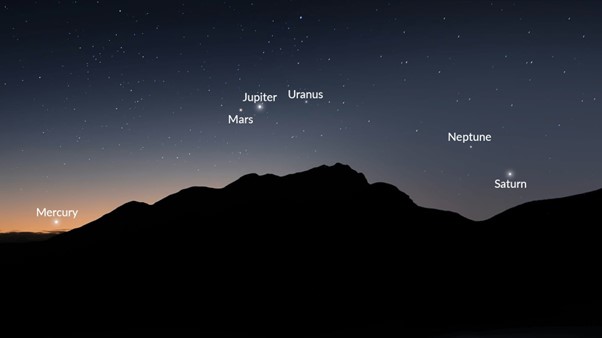What’s Up? August 2024
It's your monthly guide to What's Up? in the sky with Astronomer and Science Communicator, Ishbel Carlyle!
As of the first week in August “Night” is coming back! True darkness returns in August and by the end of the month we will be having up to 5 and half hours of darkness! That is plenty of star gazing time to get your eyes, binoculars, telescopes, or cameras to the sky, with plenty of treats to be found.
Milky way peeking out:
With darkness returning the Milky Way is now visible again. This is the view of our Galxay from the inside out. During the lighter nights the Sky is too bright, and it blocks out the milky way. When light pollution starts to take hold of the sky above you, the milky way is the first thing to go. It is called the milky way because it really does look a bit like milk spilt across the sky. There are so many stars in the plane of the milky way that we can not make out the individual stars and it just blurs into one glittery band. Use the summer tringle we discussed in the last few What’s ups as a good indicator of where it is. Cygnus the swan points right along it, flying across the sky.

Figure 1 The milky way captured by Adam Shore at Kelder Observatory
Planets:

Figure 2: From the Sky watch app, August 28th 6am as seen from the northern hemisphere.
They are truly back! This month what I am most excited for is a glimpse of Saturn with its beautiful rings, Jupiter with its spot and Galilean moons, and Mars, which is much closer than it was last year so should be showing off the whole disk in all its red hues.
From the beginning of the month, they will be present by midnight * check, and get visible earlier and earlier as the month goes on. On the 28th of August just before dawn (6am) we will get Saturn, Neptune, Uranus, Jupiter, Mars, and Mercury!
To spot a planet, look for the brightest objects in the sky. Focus your search along the ecliptic plane, which, for us in the UK, stretches from east to west near the southern horizon. This is because the ecliptic plane is where the planets of our solar system are located.
Planets are much closer to us than stars. Although they are smaller and do not produce their own light, they reflect sunlight more effectively, making them appear brighter and covering a larger area in the sky. Stars, on the other hand, appear only as pinpricks of light. The light from stars can be disrupted by our atmosphere, causing a twinkling effect due to changes in water vapor and temperature. Planets, being closer, can appear as disks through a telescope. While the light from planets can also be affected by atmospheric disturbances, their central area remains consistently illuminated, distinguishing them from the twinkling stars.
Moon Phases:
5th: New Moon
12th: Half Moon
20th: Full Moon
26th: Half Moon
The full moon this month is known as the Sturgeon Moon. This name comes from the native Americans from the season of plentiful sturgeon in the north American Great lakes.
Clears Skies and Happy Stargazing!
















